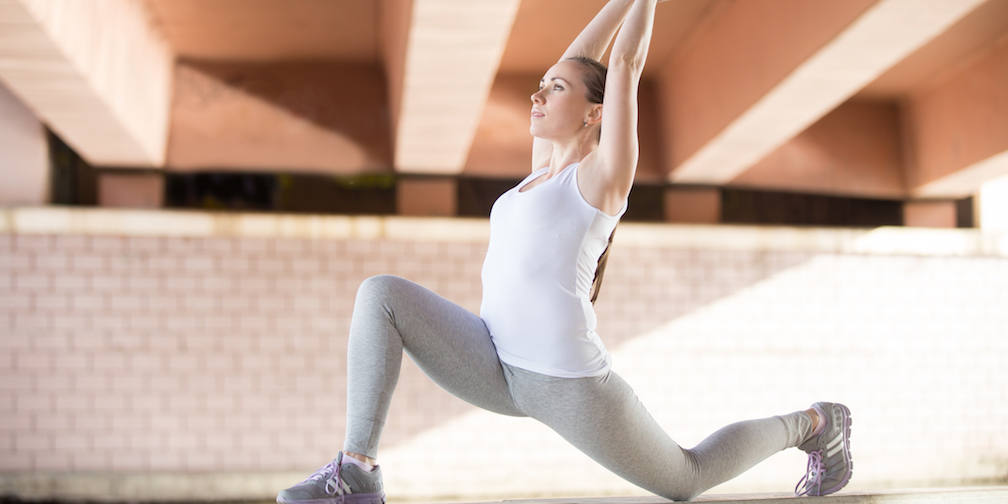How to tell a normal wear pattern vs. overpronation or supination
If you flip over your shoes, you can tell a lot about your health. How? The patterns of wear on the bottoms of your shoes mean different things. Your walking stride creates the foot pattern or pattern of wear on the bottom of your shoe. Your walking stride is also called your gait.
A normal walking stride means that when you walk, you strike the ground first with your heel. Then you shift to the middle and arch area of your foot. Normally your arch flattens out a bit, which is called pronation. Your stride, or gait, is different when you run. Runners tend to strike the ground first at mid-foot. Understanding how your shoes wear down can tell you more about your gait — and the ways your feet might need more support.
What’s your foot pattern?
After a few weeks (or months) of wearing a new pair of shoes or sneakers, your wear pattern emerges. There are three types of wear patterns that your walking stride can create:
- Normal wear pattern: There’s wear in the middle of your shoes. If you have a normal wear pattern, you’re at less risk for injury and pain.
- Overpronation: There’s more wear on the side of your shoe where your big toe is located. If you’re an overpronator, you tend to roll into your arch as you walk. Your hip and knee may also overpronate, causing you to roll too much into your arch when you walk or run. Overpronation can cause hip pain or inflamed tissues.
- Supination: There’s more wear on the side of your shoe where your pinkie toe is located. If you’re a supinator, you have rigid feet that don’t roll into your arches enough when you walk or run. Raised arches don’t absorb shock very well. Supination can cause stress fractures or hip and knee pain.
If you’re a runner or walker or you participate in other sports, pay attention to your wear patterns and your stride. Even if you have a normal wear pattern, any activity that puts constant stress on your heels may cause plantar fasciitis, a painful condition of the heel.
Treating abnormal strides
If your doctor diagnoses you as an overpronator or supinator, you’ll need shoe inserts to correct your stride. The shoe inserts, called arch supports or orthotics, are often available at drug stores. Some foot doctors can make custom versions specially designed for your feet. Before you even have a problem with your stride, take some steps to correct your form.
How to better your stride
Though you may want to make your stride faster, it’s more important to correct your stride’s form and technique. Better form means less risk of injury. Here are tips on fixing the form of your walking stride:
- Feel your foot motion: Roll from heel to toe for a smooth walking stride. If you’re not used to this form, your shin muscles may temporarily ache until they’re stronger.
- Fix your posture: Eliminate hunching and slouching. Focus on engaging your core muscles and tucking in your buttocks. Imagine an invisible string pulling you up from the top of your head to make you stand tall and straight as you walk.
- Notice your arm motion: Your arms can balance you as you walk or run. Bend and keep your elbows at a 90-degree angle. Keep your elbows close to your body. Don’t hold your arms higher than your breastbone. Ditch the speed-walking motions with your arms and keep proper form to balance better.
How to buy walking shoes:
Walking shoes can last up to 500 miles before starting to lose their cushioning and support. Keep these general tips in mind next time you’re buying new everyday walking (and running) shoes:
- A roomy toe area eliminates calluses and blisters.
- The side-to-side fit of a shoe should be snug but not too tight.
- Never force your feet into shoes that aren’t the right shape or size.
- Shoes should feel comfortable as soon as you put them on in the store.
- Look for cushioned shoes if you have high arches. You need more shock absorption.
- Look for shoes with lower arches if you have flat feet. Your foot can make contact with the shoe for shock absorption.
Once you correct your walking stride, your shoes’ wear patterns will begin to change for the better. Learn more about your foot health and walking stride so you can stay active every day. Visit Mercy.com to find a primary care physician, podiatrist or sports medicine specialist to get started.






